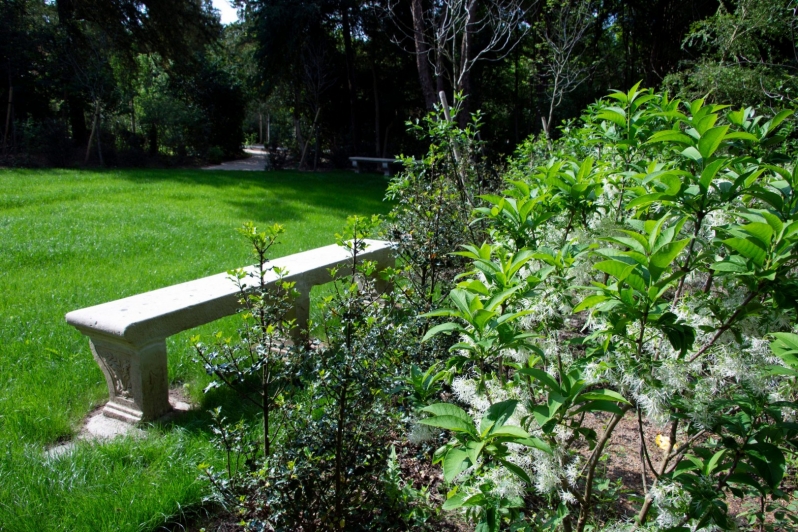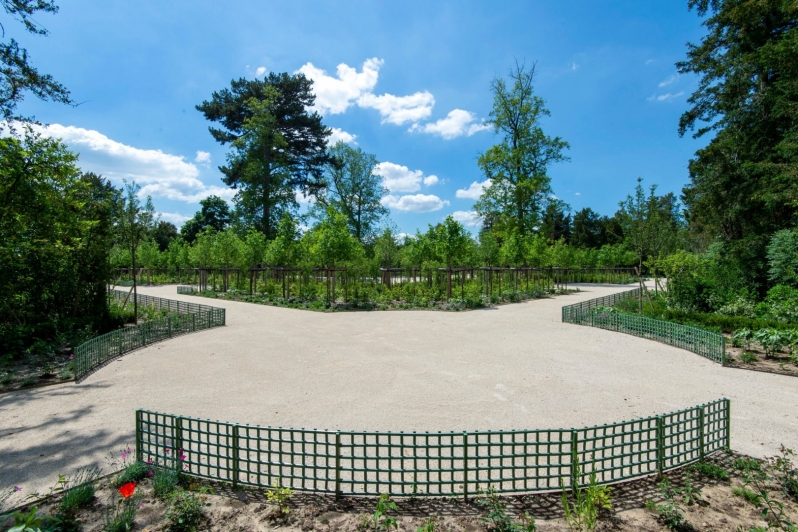The city of Paris has long been associated with romance and has welcomed many people looking for a romantic getaway from around the globe. Located some twelve miles west from the centre of Paris is the stunning Palace of Versailles. A visit to this extravagantly beautiful former royal residence, along with its exquisite gardens, is surely a must for anyone wanting to step in the footsteps of romance and royalty.
The land the Palace of Versailles is built upon was once the location for Louis XIII’s simple hunting lodge. However, by 1634 this was replaced with a small château which was expanded in several phases between 1661 to 1715 by Louis XIV. By 1682, the Palace of Versailles was declared the official royal residence and Louis XIV moved the seat of his court and government to Versailles. During the reign of both Louis XV and Louis XVI further interior alterations were made to the Palace and today the Palace contains 2,300 rooms and spreads over 63,154m2.
 Located to the west of the Palace, the gardens cover some 800 hectares and were a major part of the initial construction. In 1661, Louis XIV commissioned French landscaped André Le Nôtre to create the glorious gardens to reflect his royal status. Le Nôtre set about building classical French formal gardens, meticulously manicured lawns, parterres, sculptures and fountains which are located throughout. The Grand Canal was, and remains, the masterpiece of the Gardens of Versailles; transforming the east-west perspective into a 1670-metre-long canal and filling the area with light. The Sun King would sail various kinds of boats up the Grand Canal including two gondolas steered by four gondoliers, gifted to him by the Republic of Venice in 1674. In winter when the water froze, the surface would be used for skating and sledging.
Located to the west of the Palace, the gardens cover some 800 hectares and were a major part of the initial construction. In 1661, Louis XIV commissioned French landscaped André Le Nôtre to create the glorious gardens to reflect his royal status. Le Nôtre set about building classical French formal gardens, meticulously manicured lawns, parterres, sculptures and fountains which are located throughout. The Grand Canal was, and remains, the masterpiece of the Gardens of Versailles; transforming the east-west perspective into a 1670-metre-long canal and filling the area with light. The Sun King would sail various kinds of boats up the Grand Canal including two gondolas steered by four gondoliers, gifted to him by the Republic of Venice in 1674. In winter when the water froze, the surface would be used for skating and sledging.
Some years later in 1770, two years after their proxy marriage in Vienna in 1768, the Palace of Versailles became home to the fifteen-year-old Marie Antoinette who had been married to the fourteen-year-old Dauphin Louis XVI before she had even met him.
For the new Queen of France to have a secluded, private place to walk and entertain close friends away from the prying eyes of Palace staff, a new Queen’s Grove garden was created in 1776 to replace the original Maze Grove. Occupying an area which was once the labyrinth of Louis XIV and created by Le Nôtre in 1665, the new Queen’s Grove was devised to reflect the trend for gardens at the time; combining the precision of the French Court with the twists and turns of meandering walks, inspired by the latest English-style gardens. Unlike other gardens at Versailles, the Queen’s Grove favoured several non-native trees, including the recently introduced North American species of Virginia Tulip Tree, Carolina Silverbell and White Fringe tree as well as Lebanese cedars and Corsican pine. The perimeter planting included varieties of trees and shrubs which flowered at contrasting times and in succession. With four main access paths, the Queen’s Grove gave an ideal area for shaded, fragrance-filled strolls whilst several minor paths took the young Queen and her friends to verdant arbours with seating where they could rest.
 During the 19th and 20th centuries, the Queen’s Grove was gradually altered until it became a mere shadow of what it once was. Considerable damage was sustained to the Gardens and Palace following the great storm of 1999 when, on Christmas night winds exceeding 130 miles per hour blasted through Versailles for two hours. However, in January 2020, a two-stage restoration programme of the Queen’s Grove began.
During the 19th and 20th centuries, the Queen’s Grove was gradually altered until it became a mere shadow of what it once was. Considerable damage was sustained to the Gardens and Palace following the great storm of 1999 when, on Christmas night winds exceeding 130 miles per hour blasted through Versailles for two hours. However, in January 2020, a two-stage restoration programme of the Queen’s Grove began.
For the first three months of this ambitious project, site manager Ariane Herviaux and her team had to overcome inclement weather causing the machinery being used to excavate the soil – a mix of clay and sand – to get bogged down. Taking six months to complete, the first stage required one hundred Virginia Tulip Trees to be replanted in the central square of the Grove. Before the trees could be planted, however, it was vital that important earthworks were undertaken to provide suitable topsoil for the Tulip Trees whilst restoring the alleys and the central esplanade. This work was followed by the replanting of six hundred rose bushes and more than a thousand perennials around the periphery. These were selected to honour Marie-Antoinette’s famed collection of roses and her love of flowers. The small arbours were also replanted with trees and flowering shrubs. Selected plants and trees were chosen to replicate those used in the Gardens at the end of the 18th Century.
As tourists start planning to visit the romantic city of Paris, with such wonderful gardens to see and the restoration of the Queen’s Grove due to open on the 14th of June 2022, visitors can expect to be enthralled by these restored garden areas, all adding to the magnificence and romance of Versailles.
To find out more visit www.chateauversailles.fr








